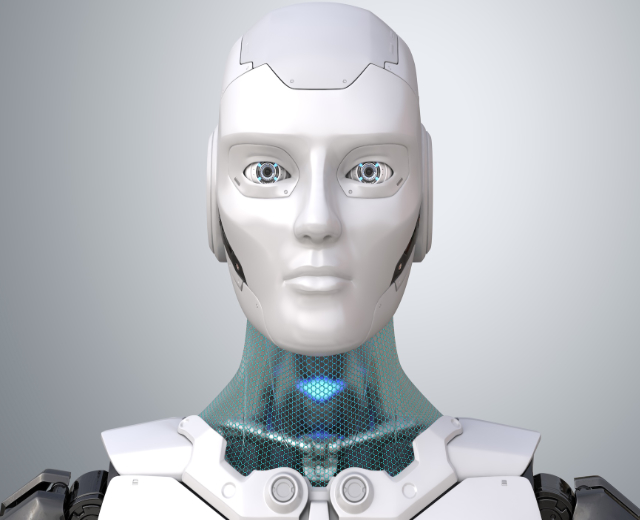Enablement, Embedment or Embodiment of AI?
July 2025

The little learning of AI may become a dangerous thing. Similar to Apple’s epic-making commercial launch of the iPhone that forced every organization, including Microsoft, to go back to the drawing board and devise (no-pun intended) a mobile-first strategy, the commercial launch of AI is an enforcement of a similar kind. Businesses in a highly competitive environment who see it as an opportunity more than an enforcement are best positioned to remain ahead of the rest. The digital transformation that was triggered during the pandemic was more like stepping on the accelerator to digitalize capabilities. Prior efforts in technological advancement largely circled around automating and catching-up with latest technologies. But whether it was automating, playing catch-up or digitalizing, all themes seemed incremental in their promise of innovation. If anything about AI was ever doubt-worthy, it was its feasibility and not the transformability, and with that hindrance been cleared, the AI gold-rush is now in full-swing.
Trying it on for size?
Now that that’s settled where do we go from here? A popular fallacy of mounting the AI piece of block on top of your existing organizational jenga assembly is perhaps getting it fundamentally wrong. Even worse when your assembly is shaky and you choose to place the investment-intensive AI block on top, preparing it for a colossal crash. The AI mantra only works if you go back to the drawing board and strategize its placement within your organization, much like what the US federal agencies are asked to do. In an attempt to embed this game-changing tool into the organization, the AI in product, AI in security, AI in operations & service, AI in sales, AI in controls, audit & compliance will now fold into the Chief AI Officer’s direct purview, embedding it right in the spine of the organization. Yet another imperative is the empowerment of the workforce. While the fear of AI replacing jobs is real, so is the potential for AI to augment human capabilities. Training and up-skilling employees to work alongside AI tools can lead to a more agile and resilient workforce. This symbiotic relationship between humans and AI can foster a culture of continuous improvement and innovation.
Ethical Considerations and Governance
As organizations embark on their AI journey, many in the valley who carry an in-depth technological and philosophical understanding of AI continue to voice their ethical considerations and compliance as something that is time-sensitive to attend to. If humankind’s AI moment is here, it is also the very moment of a profound debate on the subject of establishing appropriate controls at the outset of this revolution. This is a subject to be democratically governed and regulated and not be left to non-profit shell-organizations functioning as the mouthpiece of the private sector tech giants. The deployment of AI must be guided by principles of fairness, transparency, and accountability. Establishing robust governance frameworks and compliance mechanisms by central regulators is essential to mitigate risks associated with AI, such as biases and data privacy concerns. The role of the Chief AI Officer, therefore, extends beyond technical oversight to include ethical stewardship.
The Road Ahead
The collective global economy’s AI-embodiment that is continuous and ever-evolving will depend on its ability to treat it beyond just a technological advancement, as a strategic partner in its growth journey. A clear vision, strategic planning, and unwavering commitment at the highest echelons of private-public governance levels to ethical practices is quintessential to harnessing the full potential of AI. The transformative power of AI is not just in its ability to perform tasks sans human intervention but in its potential to redefine business processes and steer innovation into creating new opportunities. It’s time for every visionary to lead the way into the next stage of humankind’s evolution.